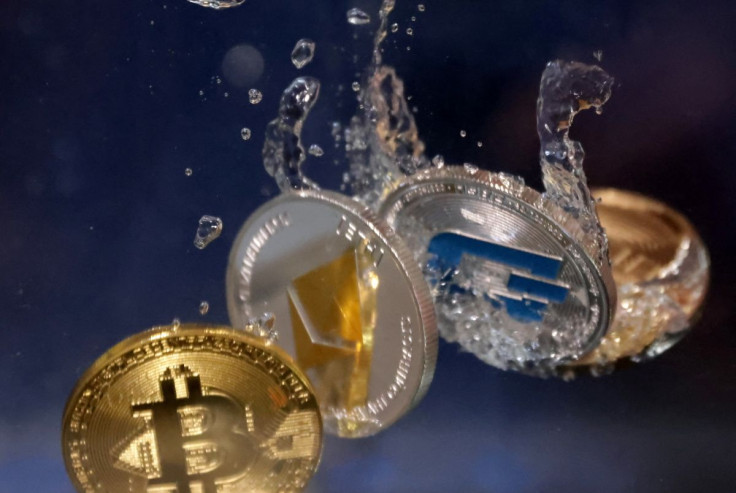Tron's USDD Collateral Ratio Could Be Hiding Another Stablecoin Collapse
KEY POINTS
- USDD was launched by Tron in late April as a rival to UST
- Tron claims that the USDD collateral ratio is around 188%
- As per calculations first done by a member of Proximity Labs, this ratio is not correct
Tron, a blockchain ecosystem, isn't being honest when it comes to the collateral ratio of its USDD stablecoin that it launched a few weeks ago, calculations show. The decentralized ecosystem claimed that $USDD is collateralized at over 200%, which is not correct.
Tron's native stablecoin was launched a few weeks ago after the huge success of the UST stablecoin. It offers a 30% yield on staking USDD and is backed by a number of assets. According to a press release shared with CoinTelegraph, USDD is the "first over-collateralized decentralized stablecoin (OCDS)" and aims to provide faster transactions with the highest collateral ratio around the globe.
According to the official data, the collateral ratio is around 187.92% as of 1:29 a.m. ET with the total TRX burned amounting to 8,968,566,087 TRX and reserves ($634,530,969), including 140,000,000 USDT, 14,040.6 BTC, and 1,906,000,176 TRX. The total USDD issued equals 723,321,764.
As pointed out by a Twitter user @resdegen, who is a part of the research team at Proximity Labs, a research and development firm targeting the NEAR ecosystem, "the collateral ratio is defined as the ratio between the collateral and the issued stablecoin," which in the above case equals to just 113%.
It is important to note that the Tron website currently shows a collateral ratio of 187.92% and as per Resdegen, Tron is counting the 8.9 billion TRX burned in the reserve as well.
4/ Well, they are considering the 8.29B $TRX burnt as collateral! 🤯
— Res ®️ (@resdegen) June 5, 2022
Let's review the math then
Reserves + 8.29B $TRX burnt (= $USDD supply) = $787M + $667M = $1.454B
Then Collat. Ratio = 1.454 / 0.667 = 218%
Voilà! pic.twitter.com/W9v7hOJLOd
So by adding the TRX burned to the current reserves including TRX, BTC, and USDT, the collateral ratio comes out to be 187.92%. Tron is using the formula: Collat. Ratio = (Reserves + TRX_burnt) / Total_USDD_supply, which is the same as Collat. Ratio = Reserves / Total_USDD_supply + TRX_burned / Total_USDD_supply.
Taking into account Tron's formula, if TRX goes up in price, USDD will remain stable but if $TRX goes down in price, then TRX_burned / Total_USDD_supply < 1, which would cause the model to destabilize.
USDD is based on a similar model to UST, when TRX is burnt, USDD is minted. Hence, an increase in demand for USDD will cause a surge in the prices of TRX as well. Adding TRX to the reserve is not a very sound decision and that too by more than 20%.
In order for the model to be transparent and work in a stable manner, the collateral ratio should be considered without the burned TRX and without TRX in the Reserves.
Let us consider a situation wherein USDD is being sold, the value of TRX goes down as more will be minted, and the TRX_burned / Total_USDD_supply < 1. In the Reserve, the value of TRX goes down as well.
Interestingly, as per the other part of the equation, i.e., Reserves / Total_USDD_supply, if TRX goes down enough BTC + USDT + TRX < Total USDD, USDD would depeg.
While Tron promises a yield of 30% on its USDD stablecoin, it remains unclear if these yields are sustainable. The situation pointed out above could lead to the depeg of USDD similar to that of the collapse of the the LUNA-USDT model, inviting the regulatory hammer down on the DeFi industry.

© Copyright IBTimes 2025. All rights reserved.




















